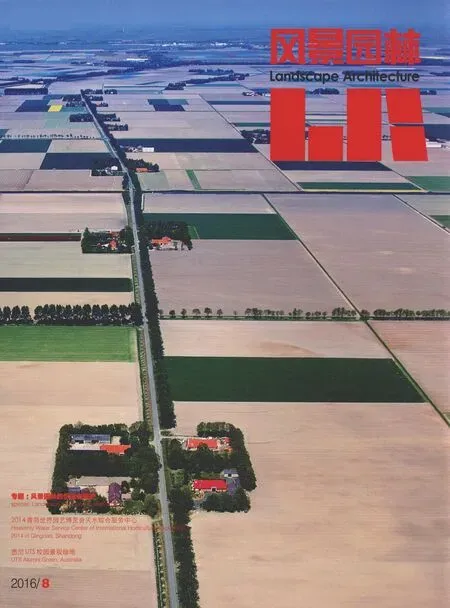PREFACE
PREFACE
In my opinion, the landscape refers to the naturally formed earth surface and the cultural overlay of human activity. That is to say, two types of landscapes exist across the Earth's surface.
One is Landscape of Nature, including mountains, valleys, oceans, rivers, lakes, swamps, forests, prairies, deserts, glaciers, etc., which are the natural complex composed of various natural elements. This kind of landscape is shaped by the nature. Human activities have no impact on it, or despite with some human impacts, it on the whole is still maintained its original conditions.
The other is Landscape of Man, regarding the landscapes that are consistently transformed or altered by human on nature for food, living, spirit, religion, and aesthetics, or all kinds of built facilities and structures. Landscape of Man can be divided into two categories by the intensity of human intervention. One is managed landscape, formed with the interaction and superposition of artificial and natural influence. It is a kind of nature managed by human on the basis of original conditions, and still represents original natural features, such as farmlands, orchards, pastures, reservoirs, canals, green spaces, etc. The other is artificial landscape, which is built and completely controlled by man, and loses its original natural appearance and features like city and infrastructure constructions.
Landscape is dynamic, constantly changing with natural and human activities. Landscape of Nature is the record of natural evolution in one region, recording the changing history of geology, climate, hydrology, plant and animal, and other natural factors; Landscape of Man is the record of evolution of human history, reflecting a regional human activities process, as well as its past and present social structures, cultural traditions, economic activities, political pattern, value systems and ideologies.
Landscape carries human life, and it is also the habitat for a variety of organism. Landscape is not only an ornamental object, providing us enjoyment and also opportunities for natural and cultural diversity; but also a readable book, discovering the natural evolution and understanding some characteristics of human society, such as social value system, purpose in life, cultural norms, the relationship between human activities and natural environment, history, language, religion, custom, land use system, technique and craft standard, economic structure, etc.
Whatever it is fascinating or bland, landscape is the product of nature and culture, and the gene of nature and culture fused to the earth's surface. Because of differences of culture and natural environment, each regional landscape is unique with a high degree of identification. That is to say, landscape has the characteristic of regional, uniqueness and spatio-temporal continuity. Landscape gives people a common sense of identity, brings them a sense of belonging and intimacy, and arouses inner resonance. If the uniqueness and spatio-temporal continuity of landscape is destroyed, it will mean a regional landscape characteristic disappear, following by cultural identity crisis of this area.
In history, numerous poetries, landscape paintings and music depict the mountains, lakes, fields, countryside, villages, towns, temples and gardens……If these landscapes disappeared, thought, art and culture, accumulated in the human society in the long history, will lose their relying carrier.
Today, landscape is undergoing unprecedented change with the rapid development of globalization. In many places, landscape diversity is fading away, and regional characteristic is disappearing. Landscape architects are facing a series of challenges. In the accelerating process of social and economic change, how to cherish the landscape handed down through the long history? How to sustain the landscape uniqueness? And how to preserve the landscape diversity? To solve these problems, School of Landscape Architecture Beijing Forestry University held the International Landscape Architects Forum in May 2016 with the theme on "Landscape Values and Preservation" and invited domestic and foreign scholars to explore landscape values and the theory and method of landscape preservation and management. This issue contains some speakers’ papers.
August 18, 2016WANG Xiang-rong

